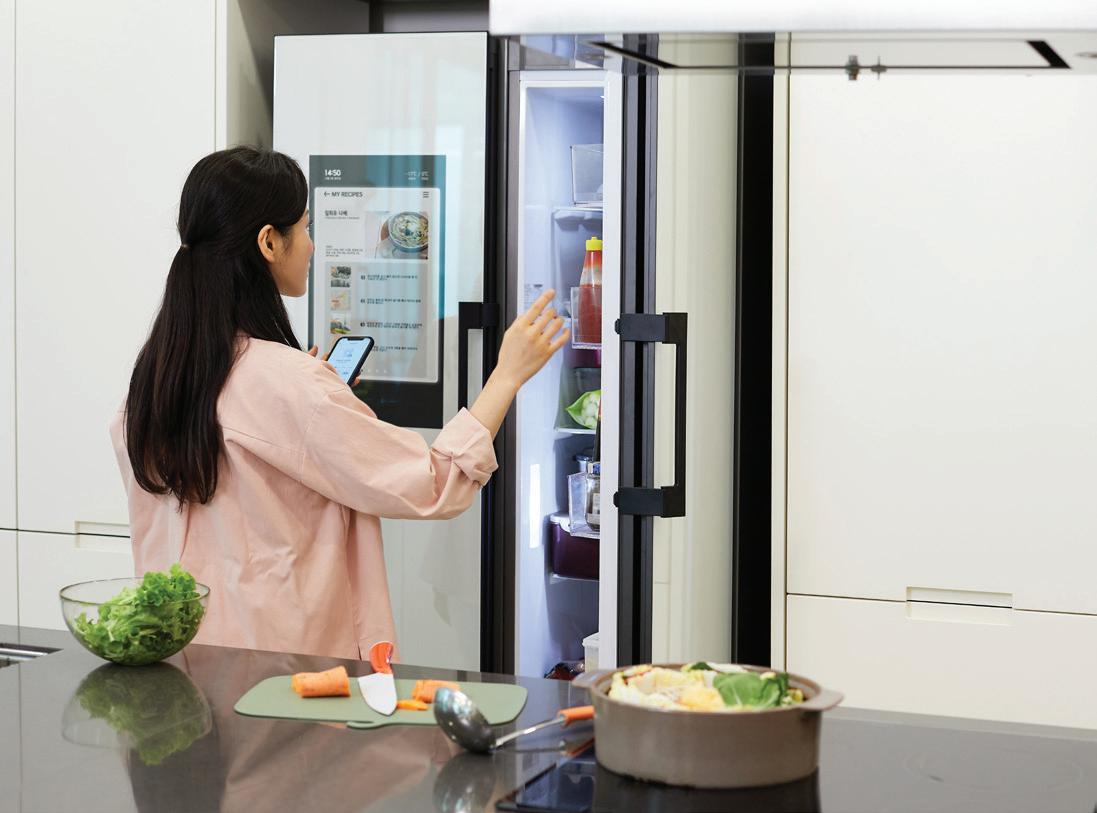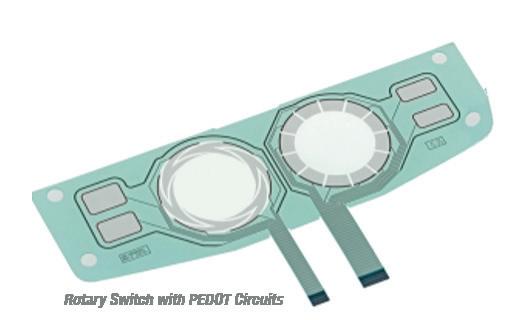KEY TRENDS IN APPLIANCE DESIGN: CHALLENGES AND OPPORTUNITIES




Today’s consumers, accustomed to managing everything from work and home management tasks to personal fitness through software applications, now expect similar experiences from their appliances. Demand for internet-connected home appliances is rising sharply. Over 40% of U.S. homes owned a smart home device in 2021, and by 2024, the proportion is expected to rise to over 57%, according to Statista.
Manufacturers are responding with a broad portfolio of products to satisfy consumer needs, including refrigerators with multiple devices and sensors to maintain different temperatures across zones, ovens with Wi-Fi-connected cameras to display food as it roasts and browns, washers that sense load sizes and auto-dispense detergent and cooktops that send owners an alert or turn off the burner if they detect a dry boil.
While some new capabilities add convenience, others address homeowners’ desire for greater energy savings and efficiency. Along with IoT within home security, lighting, water heaters and HVAC systems, various sensor-enabled appliances are part of a smart home environment in which everything will eventually be connected to function at optimal efficiency. Or, at least, that’s the theory. We’re not there yet, but as the movement grows, industry leaders and stakeholders are working together to get closer.
The proliferation of electronics and controls has several implications for manufacturers, including a heightened focus on the human-machine interface. For customers who grew up with smartphones and tablets, that means using touchscreens, rather than more dials and buttons.
Fortunately, in addition to pleasing buyers, capacitive touch interfaces offer manufacturers several advantages. For one thing, there are fewer mechanical parts to break down. Touch switches can also be programmed for a wide range of functionality and designed to withstand the harsh conditions of appliance interiors.
By using the right materials, OEMs can also create the distinctive form factors consumers are seeking while saving on production costs.
One of the most promising new materials is poly (3,4-ethylenedioxythiophene), commonly known as PEDOT. A printable organic polymer, it can be deposited onto inexpensive polyester film, providing more efficient use of materials than the current standard of indium tin oxide (ITO). It’s also transparent, less brittle and more flexible, allowing OEMs to create keypad backlighting on curved surfaces, such as user-friendly
